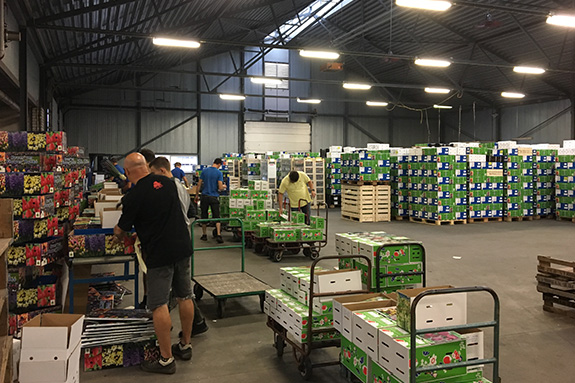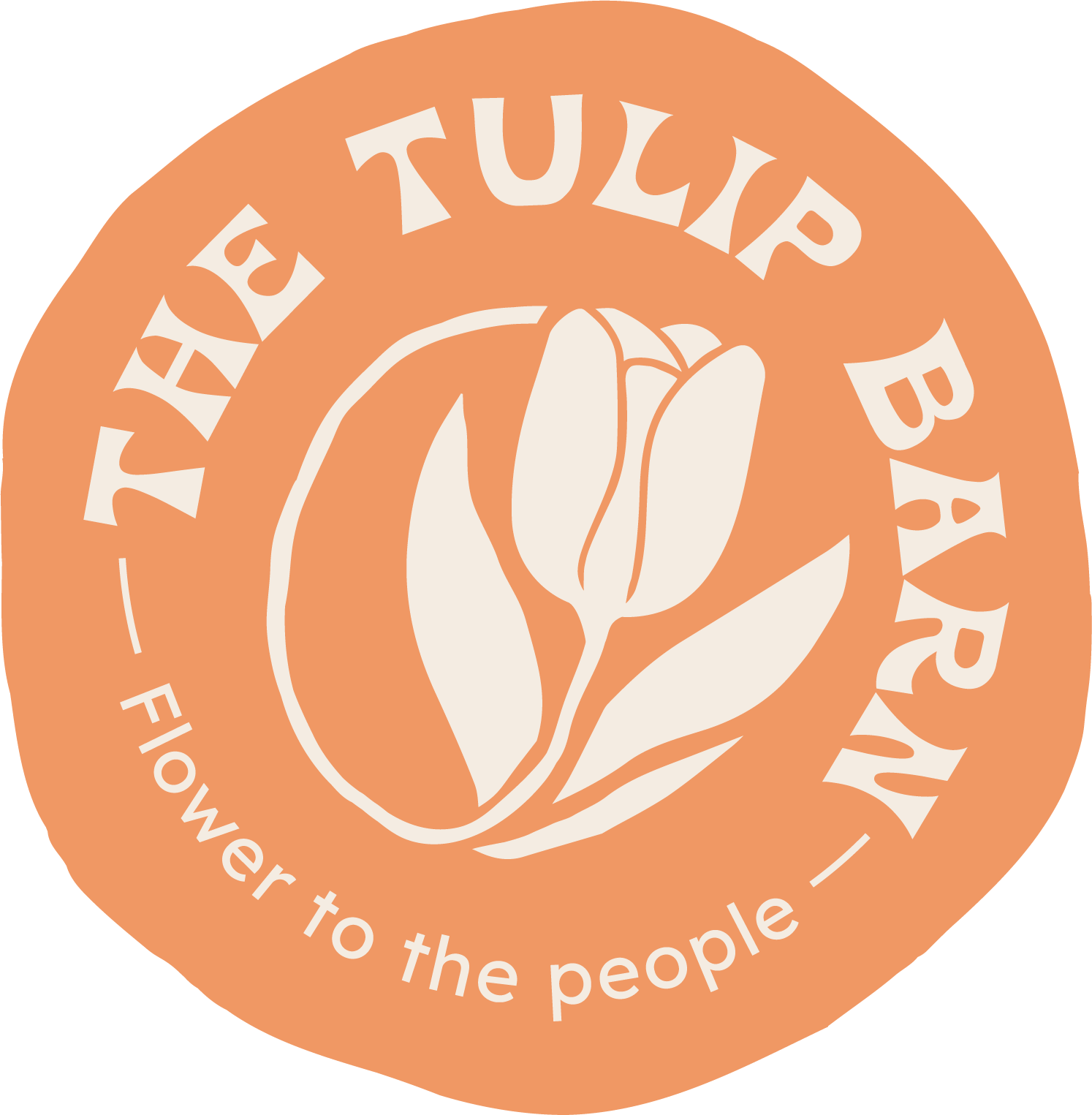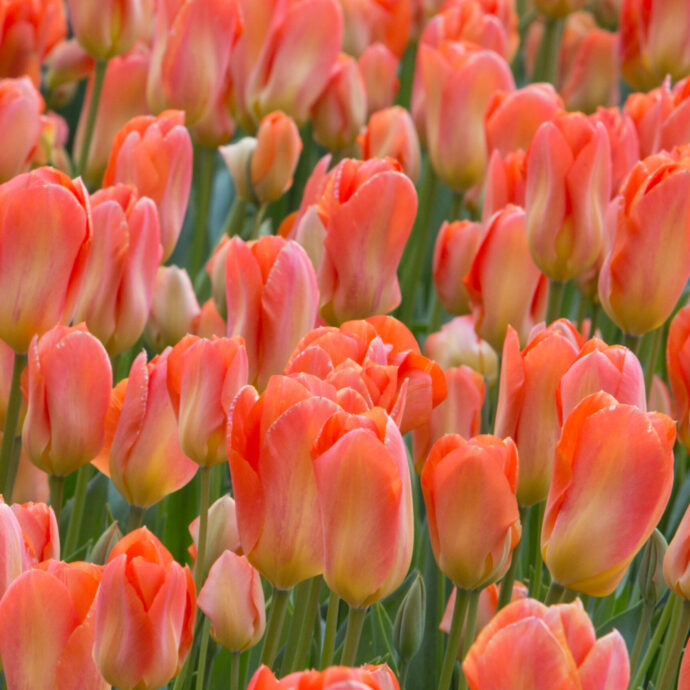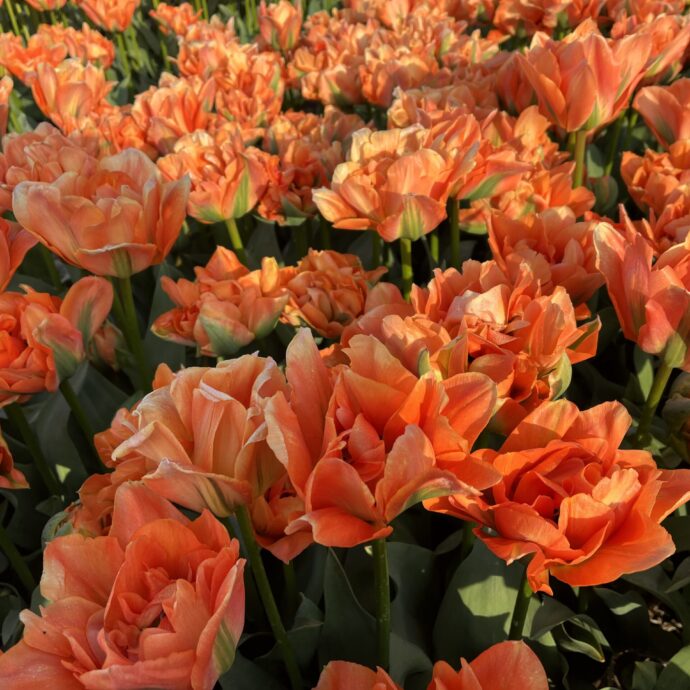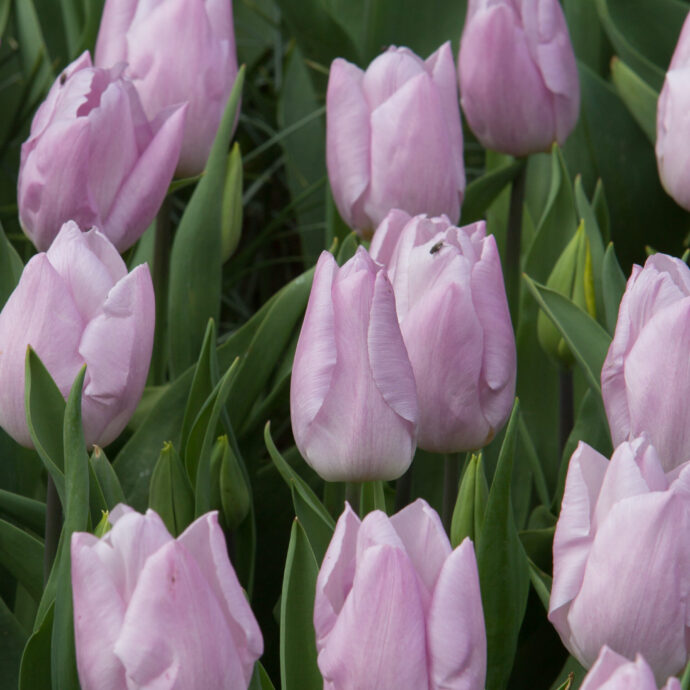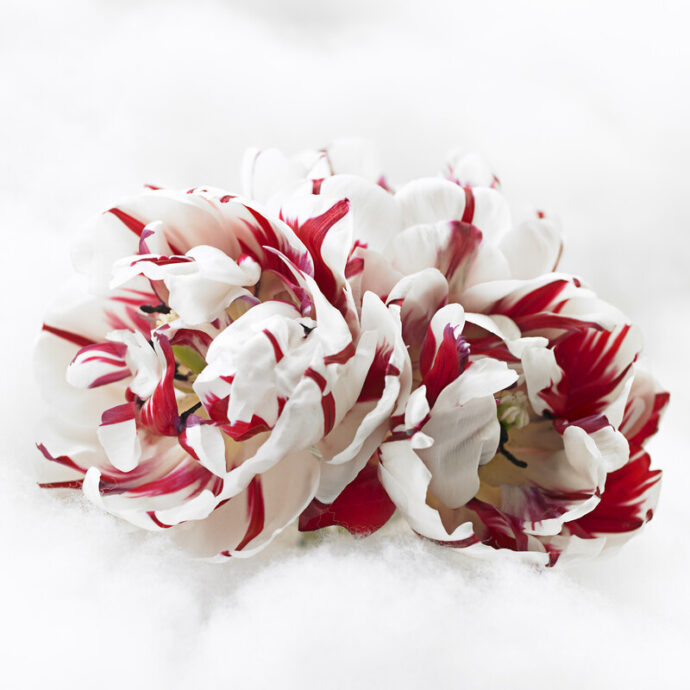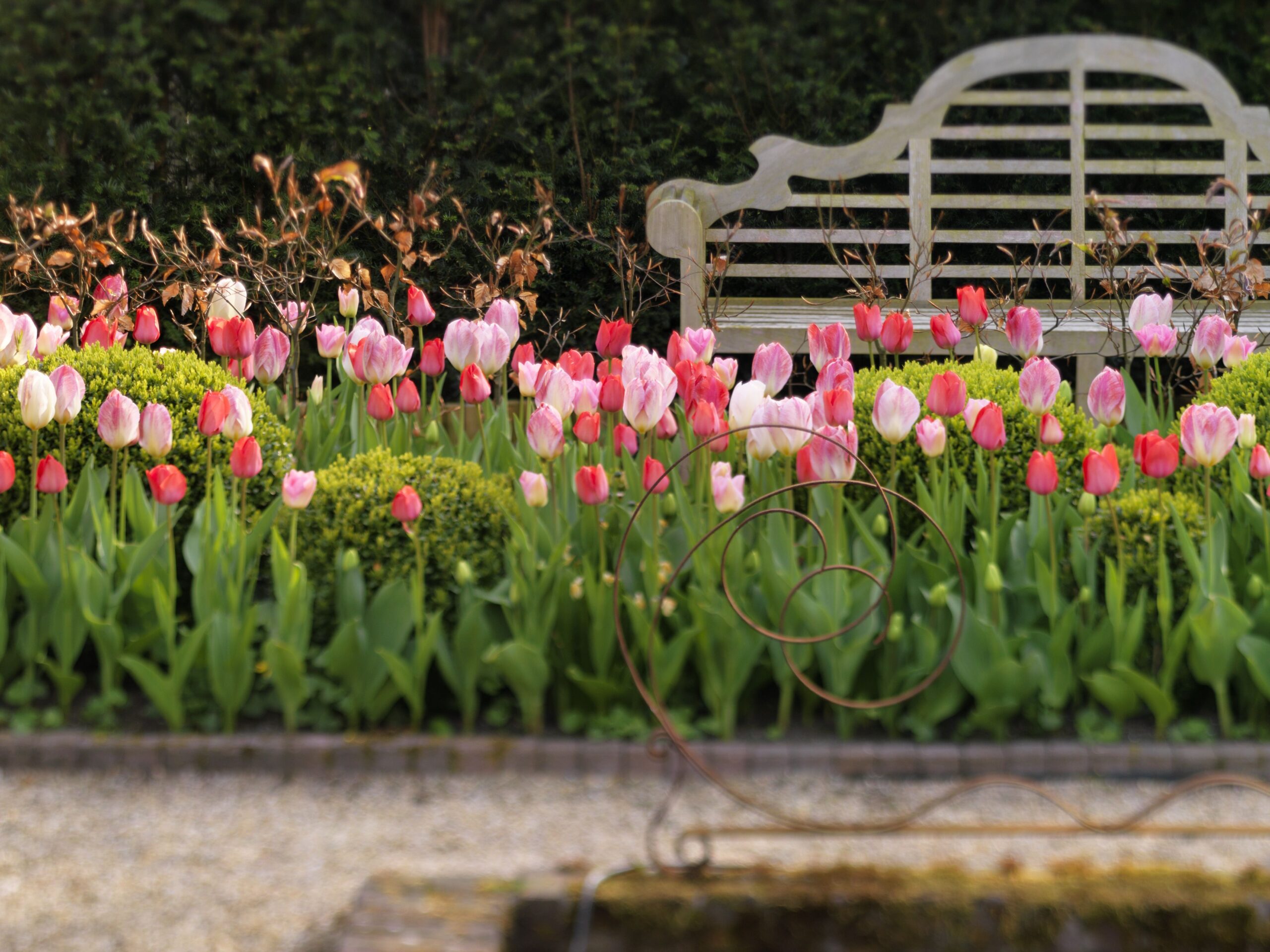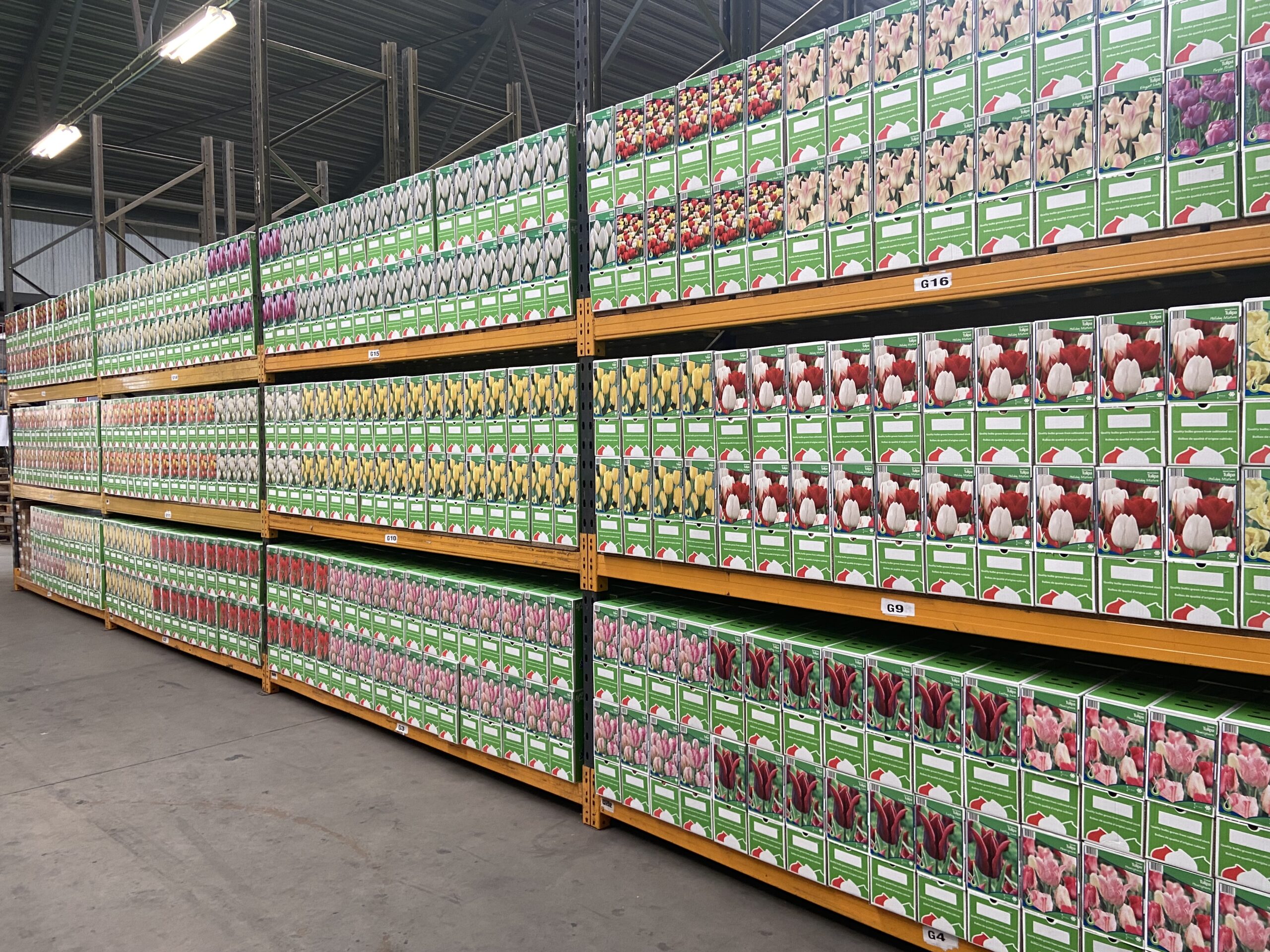The
bulb farm
Our bulb farm is located in De Zilk, The Netherlands. At this moment, we grow over 300 acres of tulips, hyacinths and daffodils across the Dutch Flower Bulb districts. Ruigrok Flowerbulbs has been growing bulbs for over a century and still remains a respectable farm today, known as one of the largest growers and exporters of premium flower bulbs in Holland. We’re passionate about growing bulbs and always go the extra mile to ensure the best possible harvest and highest quality flower bulbs.
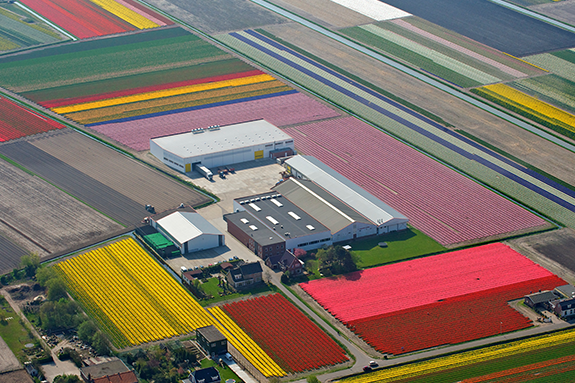
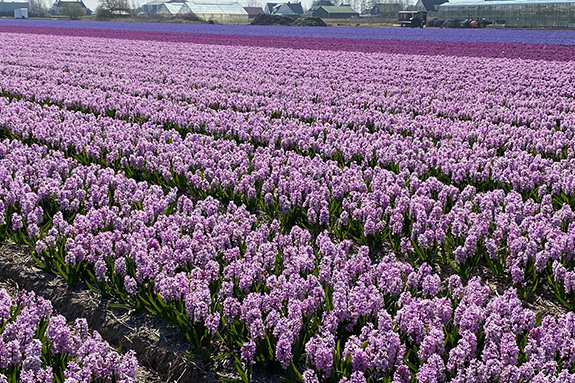
Flower bulbs are grown
in the Netherlands
The culture of flower bulbs, like tulips and hyacinths is concentrated in the coastal area of the Netherlands which has the ideal climate to grow bulbs. In these areas winters are not extremely cold so they don’t freeze. More important, our spring temperatures are also moderate, not too warm, which gives the plants a long period to grow. Tulips and hyacinths in the Netherlands are grown for the bulbs. The bulb starts growing after blooming. As long as the foliage does not die down, the bulbs will continue to grow. Besides the climate the quality of the soil is also of vital importance. Flower bulbs grow best on well drained sandy soils or light clay soils, which can be found at the coastal areas.
At the end of the 16th century, tulip bulbs found their way to the Netherlands, where the Tulip Mania would take place about 70 years later. The Netherlands turned out to be the perfect place for growing and cultivating tulips and tulips have been a Dutch icon ever since.
Grown at
our farm
Check out a selection of wholesale Dutch flower bulbs, grown at our family farms.
The yearly cycle
at our tulip farm
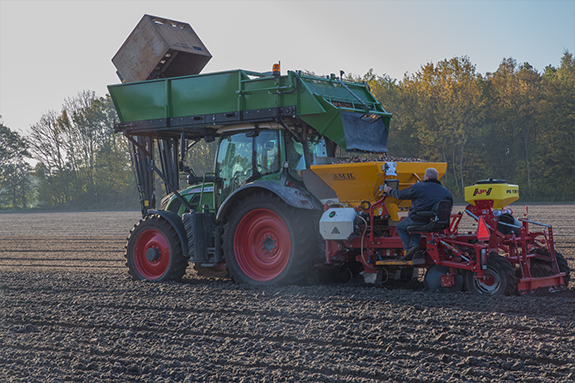
Fall is for planting
Our planting stock is sourced from bulbs that did not reach top size the previous spring. We begin planting daffodils and crocus in late September when the soil temperature reaches 52 F. Hyacinths and tulips soon follow until our finish date in early December. To keep our soil healthy, we practice crop rotation. If a field is used for tulips one year, it will be many years before tulips are re-planted there again as we cycle numerous other fall and spring planting bulbs thru that land. As good drainage is vital, we keep water levels low. During our peak, we can plant 8 acres a day.
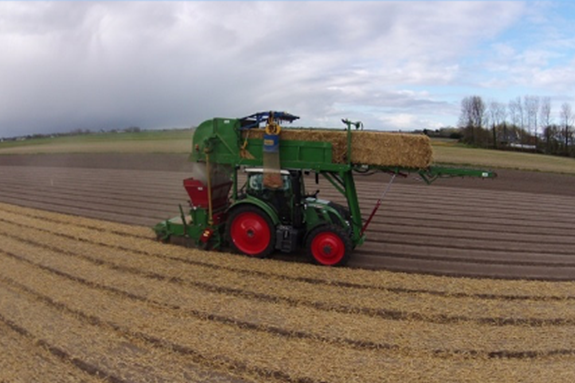
The fields are covered with straw after planting
Most flower bulbs are grown in sandy soil which can easily blow off during periods of no vegetation. The straw prevents this while also offering frost protection. Some bulbs like hyacinths require a thicker layer of straw as they are more susceptible to frost. This machine is fully automated and can cover 2 acres per hour!
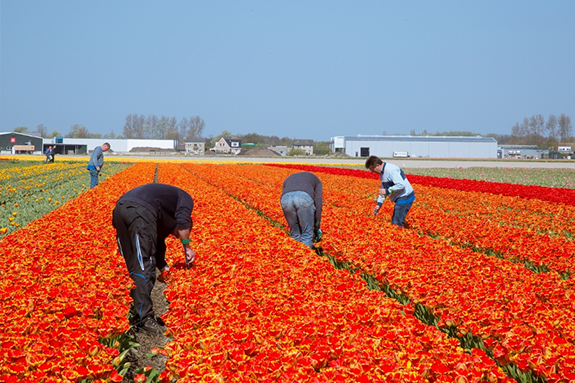
Come spring, we walk the fields
Spring is a busy period for us. From early march when the first crocus pop up, until the end of May, we walk the fields and check all our bulb lots for signs of virus, infection or irregularities. This is critical to keep the crop healthy and ensure the highest quality of bulbs.

All bulb fields are inspected by the BKD
The Flower Bulb Inspection Service (BKD) is commissioned by the Dutch Ministry of Agriculture to perform flower bulb quality and quarantine inspections and import and export inspections on all bulb crops. It guarantees the quality of flower bulbs in the Netherlands. After planting, all flower bulb lots are registered. Bulb samples are examined in the laboratory. In spring, the bulbs are inspected visually in the field at least once for viruses, bacteria and nematodes. Prior to shipping our bulbs, the BKD also carries out export inspections in our warehouse and issues export certificates for bulbs that are destined for all non EU countries.
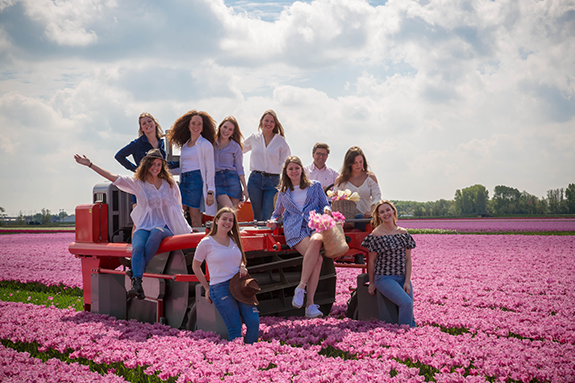
As blooms begin to fade, we cut off the flower heads
Although the famed Dutch tulip fields attract millions of visitors from around the world each spring, we are focused on what’s going on beneath the soil. Just before the blooms start to fade, the heads are removed mechanically. This allows the remaining plant to direct its energy back into the bulb (not the flower) and stimulates the growth to produce top size bulbs.
Harvest time in June and July
The period after blooming is most important and determines the size of the crop. Flower bulbs grow until their foliage has died down. It all depends on the weather. In the bulb district we have an oceanic climate, which is perfect for flower bulbs. They prefer moderate weather in May and June, so that the bulbs have more time to grow. If it does not rain, we irrigate the fields several times before the harvest. However, an early heat period can cause the plants to die down too early, resulting in a disappointing yield. First, we dig our crocus crop, followed by tulips and hyacinths and finally the daffodils. Daffodils are lifted first and then left on the field for several days, enabling the bulbs and their roots to dry. Depending on the weather we dig around 8 acres per day.
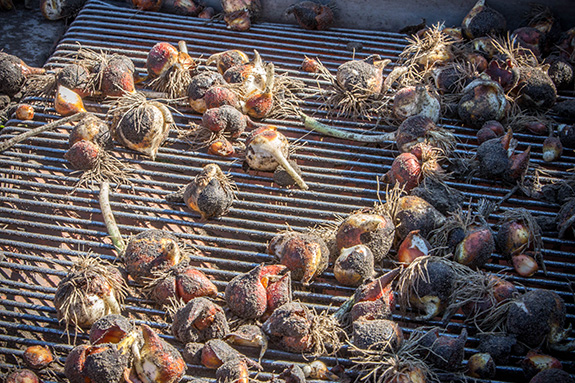
Processing our bulbs all summer long
The dry bulbs are first processed by a machine that sifts out most of the sand that is attached to the dry bulbs. The next step is our bulb processing line that removes the major part of the old skins, roots and stems of the bulbs and separates the smaller bulbs from their large (mother) bulb. Most is done by the machine but we need our crew to clean the remainder of the bulbs. The clean bulbs are graded by size and inspected for quality before storage in our climate rooms. Large bulbs are sold to customers in the Netherlands and around the world. The smallest bulbs are our planting stock which is re-planted in the fall.
We ship our bulbs from
August to October
Our quality bulbs are packed in retail and bulk quantities. The bulbs are shipped to the USA and Canada and European countries. All our top size bulbs go thru a rigorous inspection process prior to export, including MRI scanning and USDA and Canadian pre-inspection.
